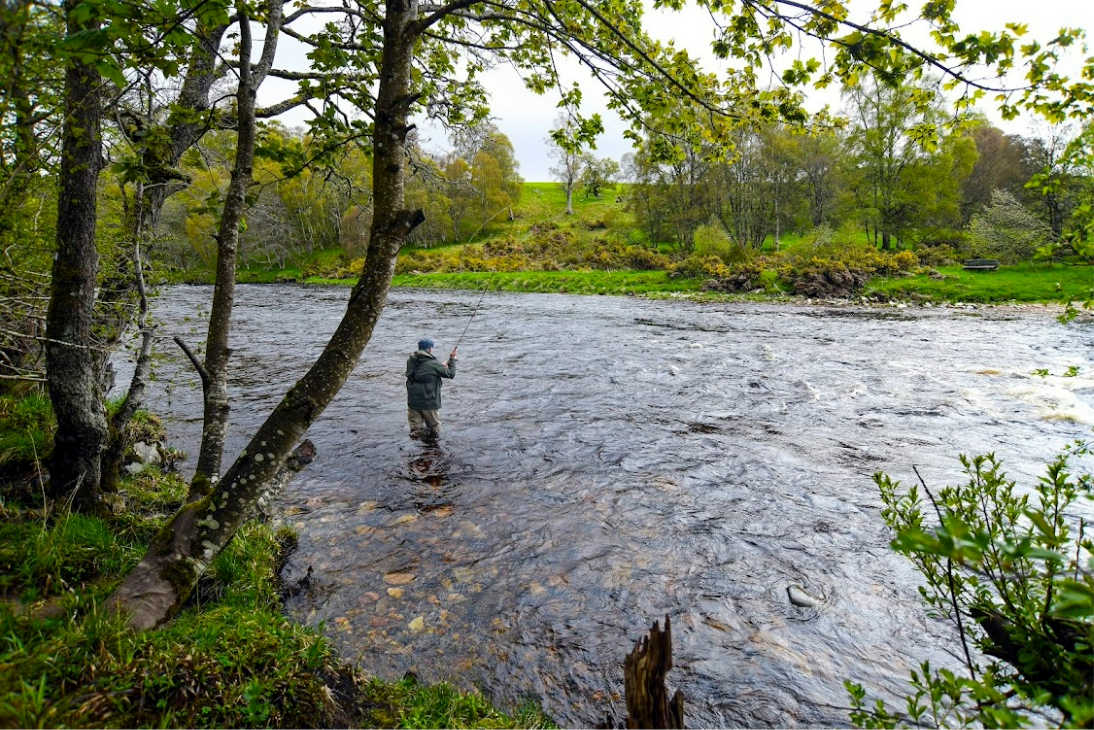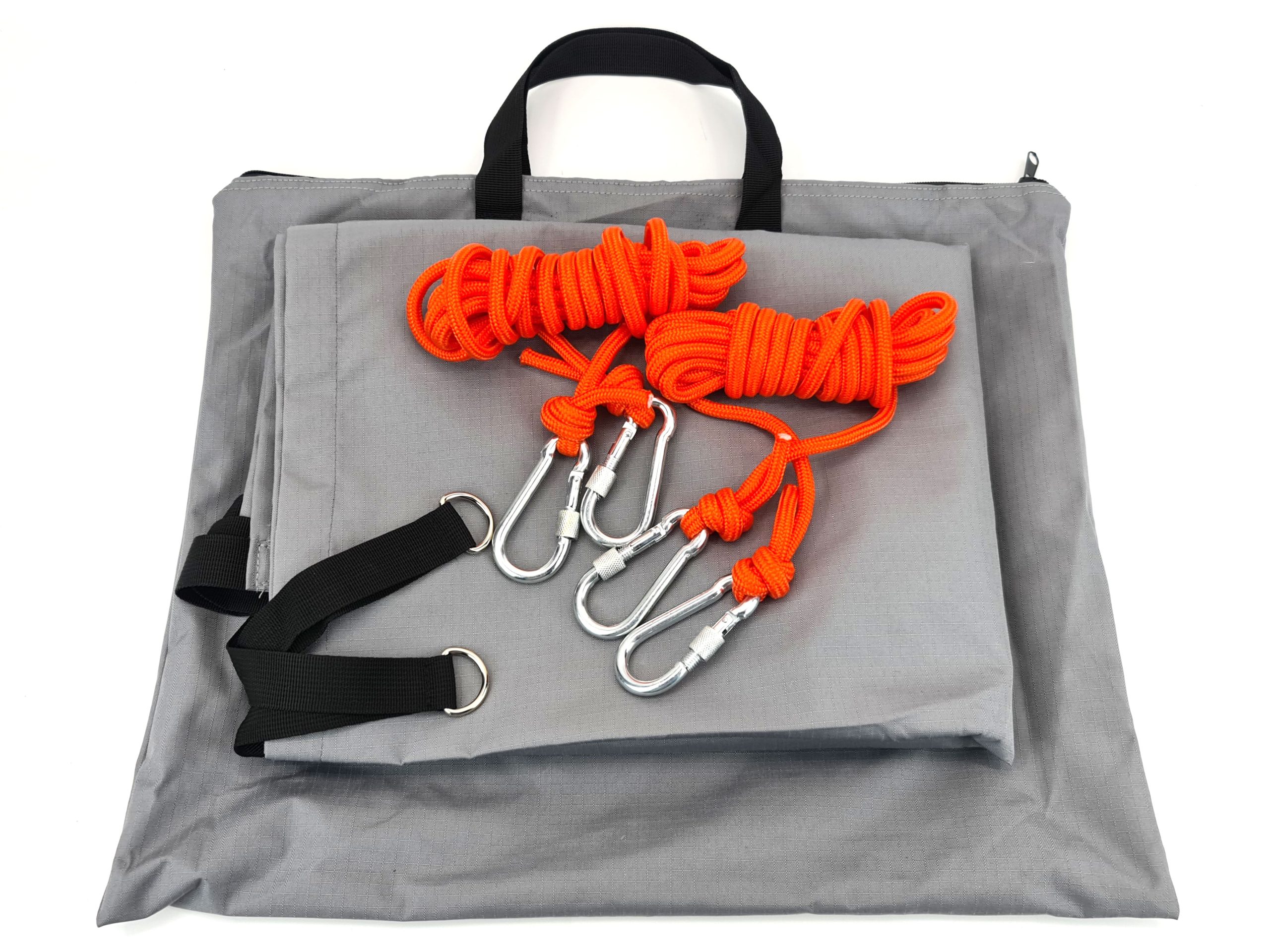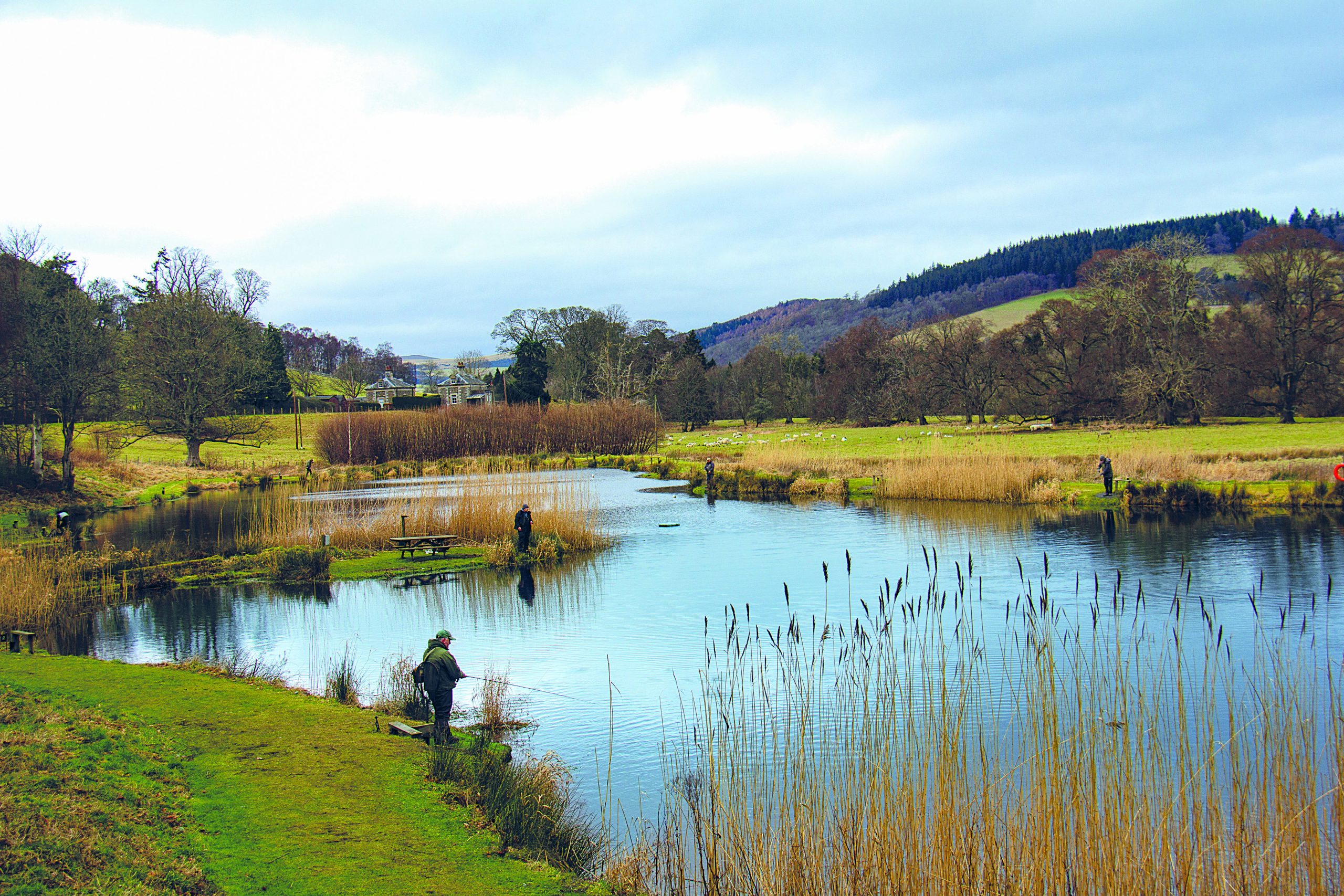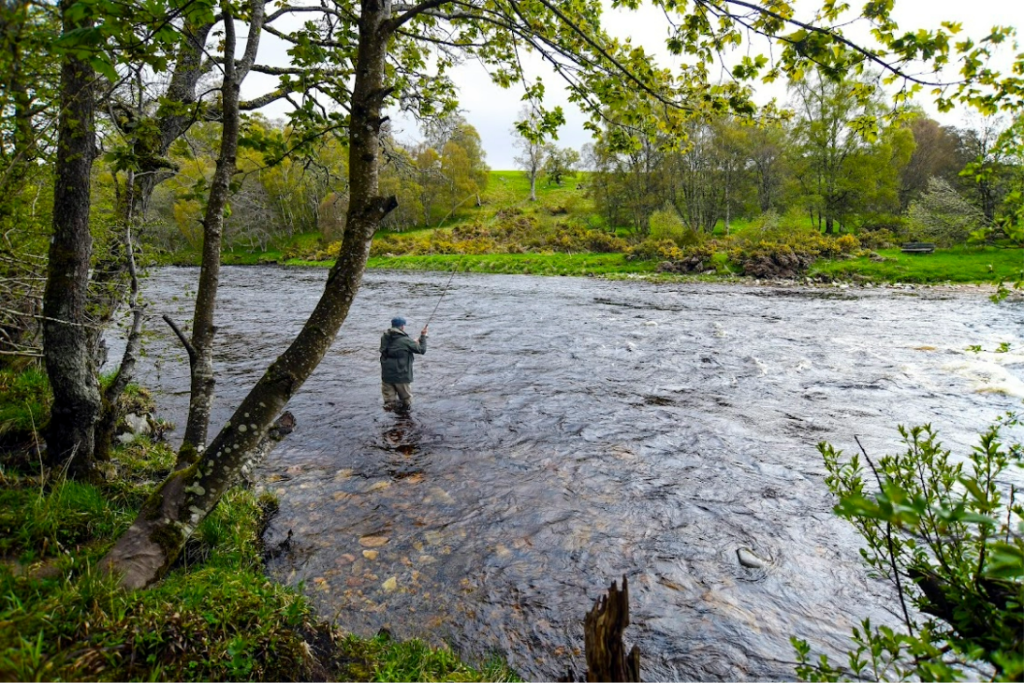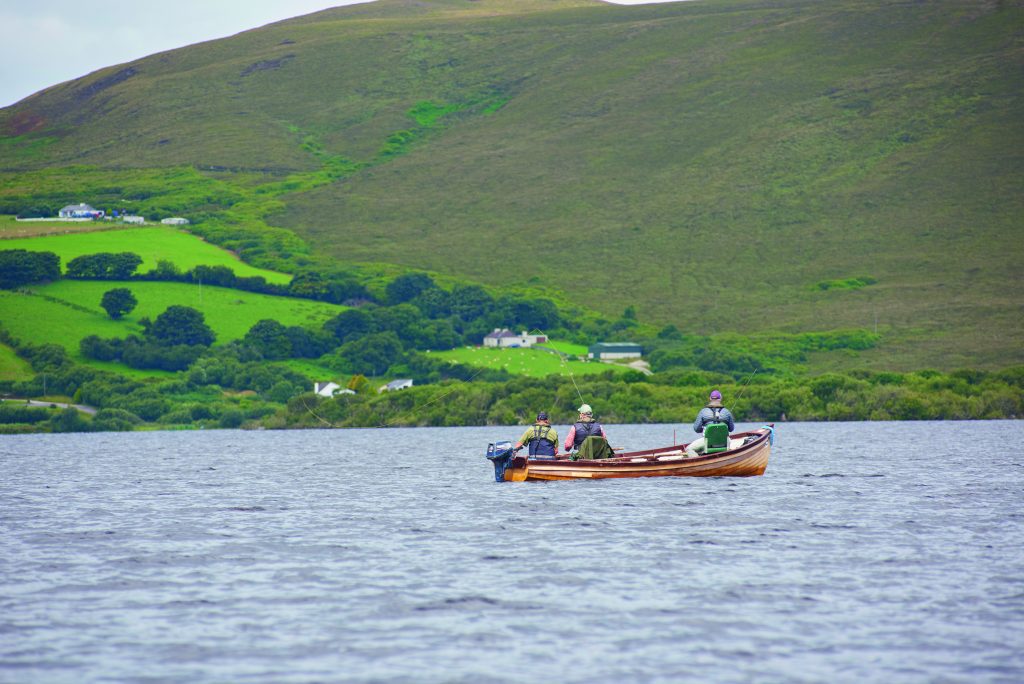John Buchan’s fly fishing legacy: celebrating a literary angler on his 150th anniversary
Marking the 150th anniversary of John Buchan’s birth, we explore the John Macnab author’s lifelong passion for fly fishing – from childhood days on the River Tweed to salmon conservation and his enduring influence on anglers today.
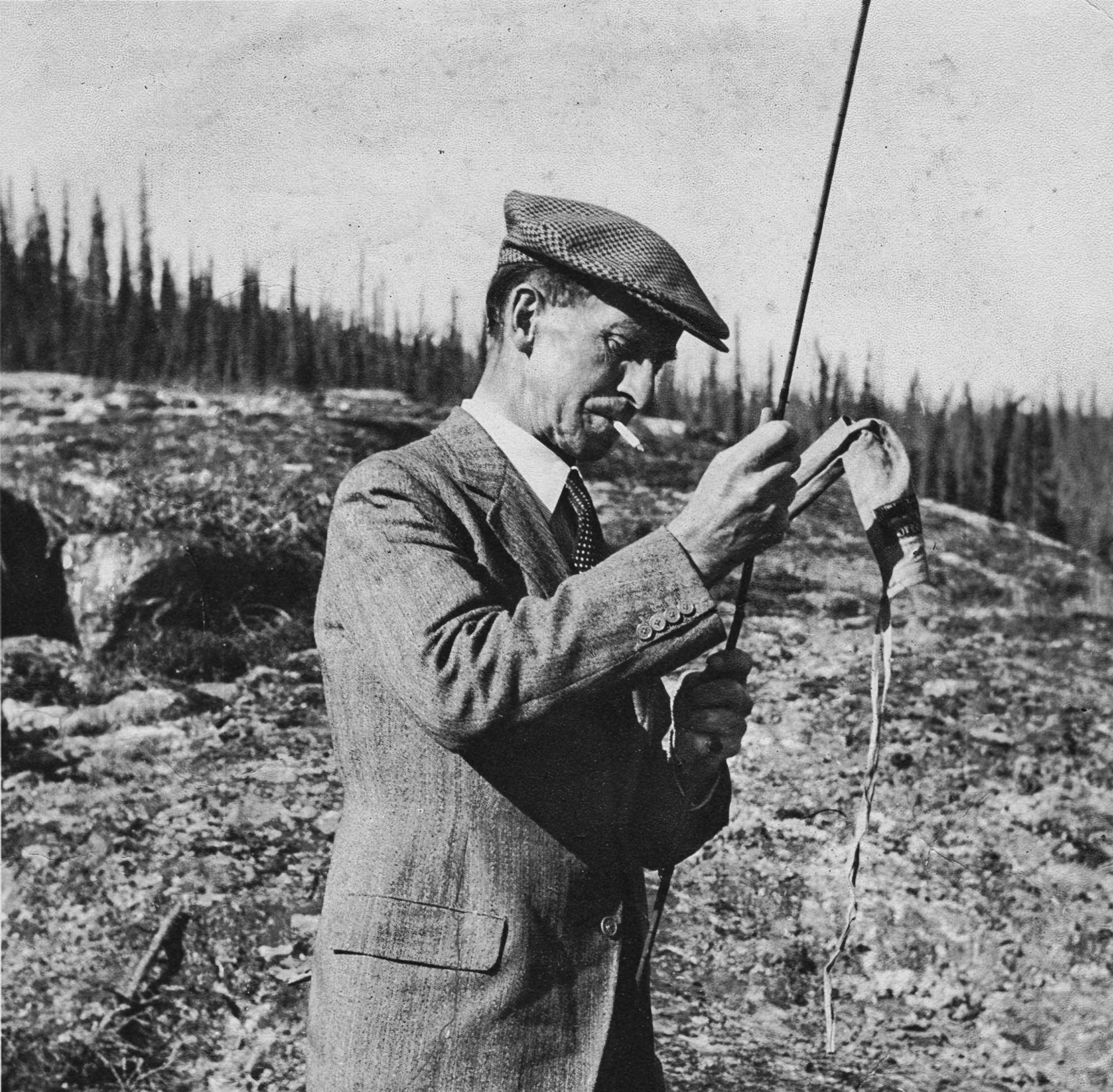
“The otter is a ver-ra clever man, and its name will be John Macnab.” Thus spoke bloodthirsty Angus, headkeeper of the Strathlarrig estate, “a morose old man near six-foot-four in height, clean-shaven, with eyebrows like a penthouse.”
August 26 marks the 150th anniversary of the birth of celebrated Scottish fly fishing author John Buchan, whose famous novel of fieldsports derring-do, John Macnab, was published 100 years ago this summer. Macnab tells of three eminent but bored men who decide to spice up their lives by attempting to poach a stag or a salmon from three Highland estates. Daringly, they inform the estate owners of their intention, wagering that they will succeed.
The novel has had lasting appeal, not least because generations of sportsmen have attempted to emulate a similar feat, albeit without the illegality of poaching.
Buchan is most famous for The Thirty-Nine Steps, made into a Hitchcock film and one of almost 30 novels he wrote alongside major biographies and short story collections, but he also trained as a barrister, served in the British Army and became a Member of Parliament. Later, as Lord Tweedsmuir, he was appointed Governor General of Canada and signed that country’s declaration of war against Germany in 1939. He died in 1940.
Where did John Buchan fly fish?
“All through his life, fishing was his closest passion in sport,” explains his granddaughter, Ursula Buchan, who has written a biography of her grandfather called Beyond The Thirty-Nine Steps. She says, “He started fishing in Upper Tweeddale, where he would just take himself off into the hills to fish the burns. It must have been magical for an adventurous boy at the end of the 19th century.”
The descriptions of salmon pools and skilled dry-fly techniques in John Macnab are authentic. His eldest son, John often fished with his father and described in his memoir, Always A Countryman, the great man’s prowess with a salmon rod.
“My father, for all his slight figure, could throw a salmon fly 30 yards and use a heavy greenheart rod all day. He was one of the finest salmon-fishers that I have ever watched. The rod appeared to do his work for him. The perfect curve of his back cast seemed to fall forward with the fly drawing out the long, straight line ahead, independent of his agency.”
Buchan’s greenheart rod is now displayed in the John Buchan Story museum in Peebles.
His fly fishing took him far and wide – in the Faroes and Norway, while in Canada, as Governor General and in a sign of the times, reports of his fly fishing exploits would make the evening news. In the UK, he fished on the Hampshire chalkstreams, in the Westcountry, on Mull and in Argyllshire.
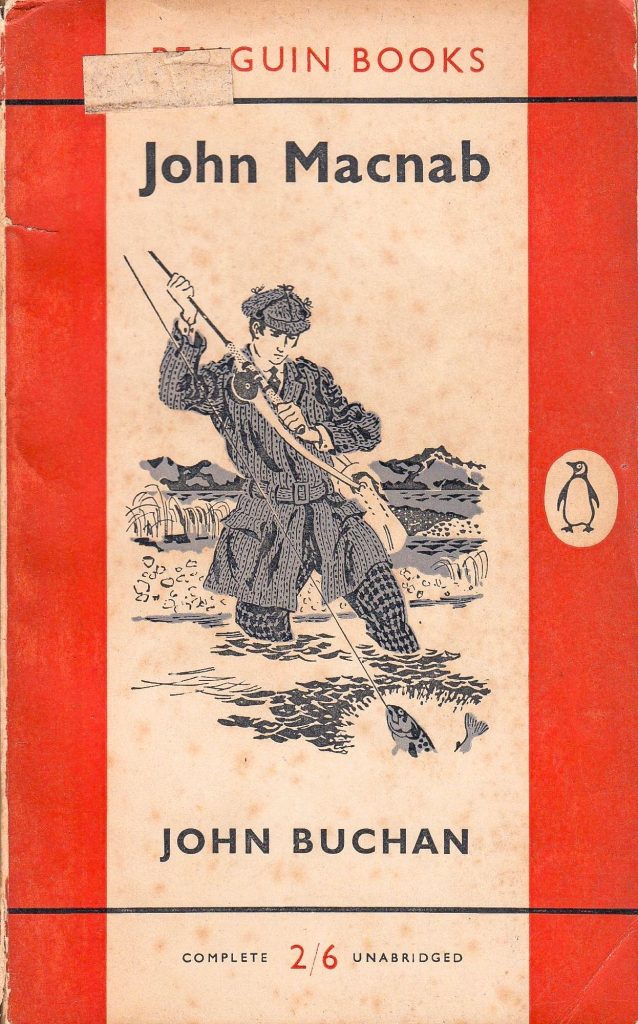
The literary roots of John Buchan’s fly fishing life
Ursula Buchan tells me, “He fished everywhere… wherever he was invited.”
Does she know which fisheries inspired the Macnab estates of Glenraden, Strathlarrig and Haripol Forest?
She says, “I think the book was mostly written either at the Maitlands’ house on Loch Maree in Wester Ross [the book is dedicated to the musician Rosalind Maitland] or perhaps at Ardtornish, opposite Mull, on the Morvern [peninsula], where his friend Gerard Craig Sellar lived.”
Ursula adds, “Fish Benjie, who’s the sort of urchin who joins the conspiracy in John Macnab, was modelled on a young itinerant fish-seller he met at Kinlochbervie in Sutherland.”
One of the main protagonists, Edward Leithen, was named after a Tweed tributary.
What of Angus, the frightening keeper?
The only gillie she knows of her grandfather’s acquaintance was Ronald MacDonald from Mull. Her uncle, John, describes him as being “steeped in West Highland legends and the history of the fighting times, [who] always had some tale to tell.”
What is the modern Macnab challenge?
Modern Macnab challengers needn’t face Angus but must bag a salmon, a brace of grouse and a stag in one day. Ursula believes her grandfather would have admired the adventure and skill it requires.
She says, “He was such an adventurous man himself… You can’t help feeling he would have enjoyed the idea of people going out in all weathers pursuing a quest.”
What if you don’t shoot?
For an angling-only challenge, there is the popular saltwater Grand Slam, which involves catching a bonefish, permit, and tarpon in one day. But what about freshwater?
Here’s my suggestion (please tell me yours):
- A 3lb sea-trout in darkness
- A salmon from a loch
- A 2lb wild brown trout on dry-fly from a river
That would require much thought about timing, locations, adjudication and, crucially, a conservation-minded catch-and-release ethos.
Ursula believes Buchan would have been alarmed by today’s salmon crisis. She explains that her grandfather saw the loss of wildlife due to unregulated hunting in South Africa and later voiced concern for Canada’s natural resources.
She says, “[He believed that] nature needs to be properly protected… He would also have seen the point of anglers being the eyes and ears of rivers.”
Buchan’s enduring passion
While angling only played a minor role in his other novels, Buchan’s fly fishing devotion was lifelong. As a student, he edited Musa Piscatrix, a collection of angling poetry, and later an edition of Izaak Walton’s The Compleat Angler. In his memoir Memory Hold-The-Door, he wrote:
“At any time in my childhood I could have drawn a map of my neighbourhood, which, so far as the streams went, would have been scrupulously exact. Ever since then I have translated every land with which I was connected into the speech of its rivers.”
Buchan was widely admired for his writing and statesmanship, but also, as his granddaughter says, for being “thoroughly nice.”
“You know, he was mad-keen about fishing.” she adds. “He bought some of the fascination and the sheer magical fun of it all to life – and that’s a marvellous thing. His writing may seem dated to some, but his love for fly fishing never goes out of fashion.”
Want to find out more?
August 26, 2025 marks the 150th anniversary of Buchan’s birth. Talks and exhibitions are planned by the John Buchan Society and John Buchan Story Museum.

